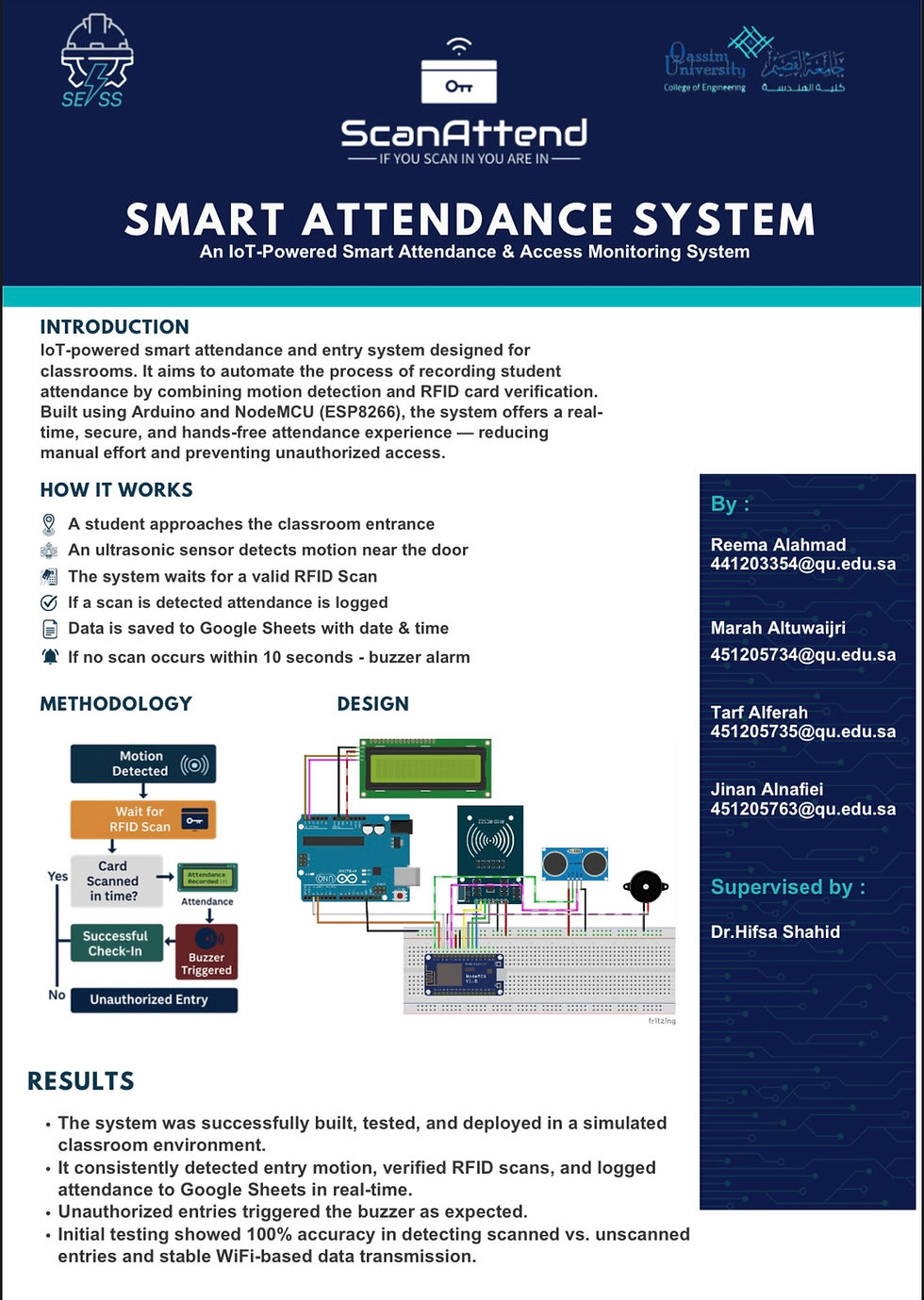Exploring the Impact of Hands-On Learning: Arduino, LEGO, and the Power of Experiential Programming
- reemasaalahmad
- Jan 20
- 3 min read
In a world where technology evolves daily, traditional learning methods often miss the mark. Students are searching for greater engagement and personal connection in their education. Hands-on programming with tools like Arduino and LEGO offers a powerful solution. This approach not only makes learning fun but also helps students understand complex concepts and boosts important skills such as creativity and problem solving. Let’s dive into how these tools are making a significant difference in education.
The Importance of Hands-On Learning
Experiential learning emphasizes active participation rather than passive absorption of information. Engaging directly with materials often leads to better understanding and retention. For instance, a study by the National Training Laboratory found that hands-on activities can improve retention rates by as much as 75% compared to traditional lectures, which typically yield only a 5% retention rate.
When students tackle real problems using hands-on methods, they naturally enhance their problem-solving abilities, encourage teamwork, and often ignite a genuine love for learning. This approach can make the difference between memorizing facts and truly understanding concepts.
About Me
I’m passionate about bringing programming to life through hands-on projects. My love for practical applications drives me to work with programmable bricks like Arduino and LEGO, where creativity and technology meet. Exploring these tools allows me to transform ideas into functional solutions and innovative designs, fueling my enthusiasm for real-world programming challenges.
I am working on a radio using LEGO that works with a mobile phone, and I purchased a Sound Brick piece to operate the radio, similar to AM and FM stations. It was an amazing project, combining programming with practical applications, allowing me to gain new skills in working with hardware.
here is a video of the last phase I have reached
Arduino: A Gateway to Programming
Arduino empowers learners by combining software and hardware to bring their ideas to life. This platform allows students to create interactive projects, fostering valuable skills in coding, robotics, and electronics.
For example, a student might design a weather station using Arduino. This project not only involves writing code but also requires understanding sensors and circuits, providing a comprehensive learning experience. The iterative nature of these projects—where students build, test, troubleshoot, and refine their work—promotes a growth mindset. Research suggests that students who engage in hands-on projects are 50% more likely to pursue careers in STEM fields.

LEGO: Fostering Creativity and Collaboration
LEGO’s unique combination of construction and programming, especially through LEGO Mindstorms, ignites creativity in learners of all ages. With these tools, students can build their own robots or design intricate structures, leading to experiential learning that emphasizes teamwork and collaboration.
Consider a classroom where students work in groups to create a LEGO-based robotic system that can navigate a maze. This project encourages discussion and problem-solving, teaching students to share ideas and learn from each other. Statistics show that students who collaborate on projects are 30% more likely to succeed academically. Moreover, LEGO helps students visualize concepts, making abstract ideas more accessible.

Bridging Theory and Application
Both Arduino and LEGO provide incredible opportunities for students to connect theory to practice. For example, by constructing bridges, students explore physics principles such as tension and compression firsthand. They can also learn programming algorithms while creating smart devices, and experiment with electrical circuits through hands-on activities.
This practical application often translates into higher engagement levels, with students continuously seeing how their studies relate to real-world scenarios. Furthermore, studies indicate that hands-on learning experiences can enhance memory retention significantly, as multiple senses and cognitive pathways are involved.
Embracing Experiential Learning
The value of hands-on programming is clear. Tools like Arduino and LEGO create vibrant learning environments that encourage creativity and critical thinking. Students transition from passive listeners to active learners, developing crucial skills that prepare them for future endeavors.
Whether you're an educator looking for new teaching approaches or a student eager to explore programming, hands-on experiences with Arduino and LEGO offer a world of possibilities. Engaging in experiential learning can reshape how we connect with technology and cultivate a lifelong love for learning. Embrace this journey, and discover the profound impact it can have on education.



Comments